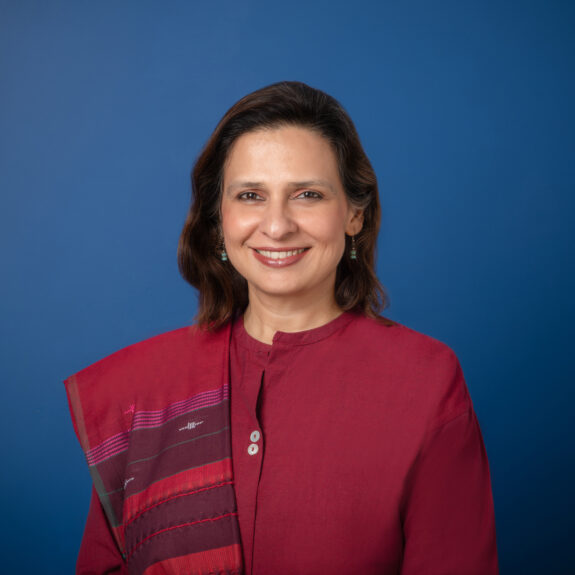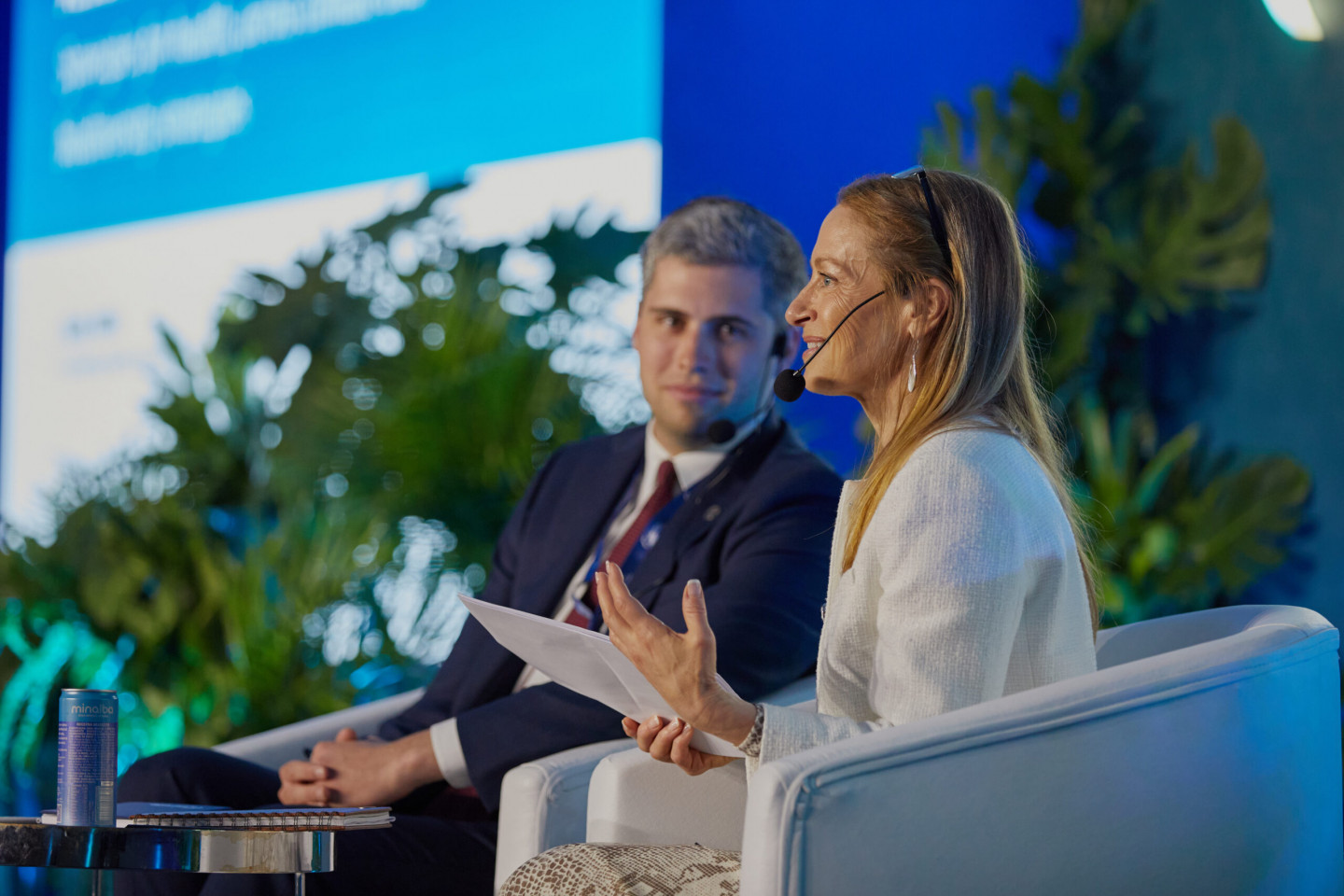
Featured News
Forecasting Healthy Futures Hosts 3rd Annual Summit in Rio de Janeiro, Brazil ahead of COP30
Rio de Janeiro, Brazil, April 10, 2025— Ahead of COP30 in Belém, Brazil, Forecasting Healthy Futures hosted its third annual Global Summit in Rio de Janeiro to urge action in climate change and health financing, and surface some of the most pressing challenges and promising pathways forward to protect health in a changing climate.
News
IMACS Receives Patrick J. McGovern Foundation Grant to Establish Its Central Data & Analytics Hub to Integrate Climate and Health Intelligence
WASHINGTON, DC, June 26, 2025 – The Institute for Health Modeling and Climate Solutions (IMACS), a global center of excellence advancing the integration of climate and health intelligence, today announced that, effective July 1, 2025, a new grant from the Patrick J. McGovern Foundation will support the establishment of its Central Data and Analytics Hub (CDAH). The hub will drive the advancement of IMACS’ climate health AI foundation model and related digital public goods, as well as a training program, to equip public health professionals with the knowledge and tools required to make data-informed decisions at the intersection of climate and health.
IMACS recognizes that the core challenge is not the lack of climate data or advanced modeling, but the inability of existing health information systems to integrate and act on climate intelligence without disrupting established surveillance, reporting, and decision-making workflows. To address this, the CDAH will develop a climate-health foundation model– a versatile, pre-trained AI system built to understand patterns across large, diverse climate and health datasets. Unlike traditional AI models that are built for a single task, this foundation model can be rapidly adapted to forecast multiple diseases and risks across different countries and contexts. Alongside this, CDAH will deliver hands-on training and ready-to-use digital tools to help public health professionals apply these insights in real time– strengthening decision-making without requiring costly changes to existing health information systems.
The CDAH builds on IMACS’s earlier successes in India and initial work in Indonesia, where AI fusion models demonstrated the value of integrating climate and health data. This foundation was strengthened through support from the Patrick J. McGovern Foundation in 2024, which enabled the development of a scalable, multi-disease forecasting engine that uses edge technology and deep neural networks and training of public health professionals to incorporate climate intelligence into national public health systems.
With this new grant, IMACS will build on these accomplishments to launch a next-generation platform comprising five integrated components: an AI research and development environment; AI and digital public goods marketplace and registry; a system integration and deployment layer; a dedicated training environment; and a real-world evaluation sandbox. The platform will host a curated suite of foundation models and turnkey, modular tools designed to connect climate data, population vulnerabilities, and health system decision workflows– enabling rapid deployment without requiring major changes to existing national infrastructures.
“At IMACS, we’re embarking on a new chapter thanks to a generous grant from the Patrick J. McGovern Foundation,” said Dr Kaushik Sarkar, IMACS Director. “This funding will enable us to build a central data and analytics hub– a game-changing platform that moves predictive models out of the lab and into the field, empowering decision-makers, strengthening health systems, and delivering timely warnings and support to vulnerable communities. Grounded in science, driven by speed, and committed to equity, we will turn data into lifesaving public health action.”
“As climate risks become more widespread, new tools empower public health professionals to better predict and respond to infectious disease outbreaks linked to shifting weather and temperature patterns. IMACS delivers AI solutions through deployment-ready models that can be scaled and integrated into existing national health infrastructures,” said Vilas Dhar, President of the Patrick J. McGovern Foundation. “Our partnership advances this transformative work by equipping public health professionals with resources to protect the world’s most vulnerable communities.” -
About PJMF
The Patrick J. McGovern Foundation (PJMF) is a philanthropic organization dedicated to advancing artificial intelligence and data science solutions to create a thriving, equitable, and sustainable future for all. PJMF works in partnership with public, private, and social institutions to drive progress on our most pressing challenges, including digital health, climate change, broad digital access, and data maturity in the social sector.
About IMACS
The Institute for Health Modeling and Climate Solutions (IMACS) is a global center of excellence with the mission to empower the world’s most climate-vulnerable countries with the tools, data, and expertise needed to predict, prevent, and respond to climate-sensitive health threats. IMACS is redefining how climate intelligence is operationalized in public health– by building and scaling AI-powered digital public goods that integrate and model climate and health data. Through the application of machine learning, interoperable platforms, and next-generation early warning systems, IMACS enables real-time risk detection and proactive responses at scale. IMACS supports countries through co-designed implementation pathways– orchestrating data cooperation, strengthening national health and climate information systems with tailored innovations, training frontline actors and policymakers, and institutionalizing their use through clear SOPs and sustainability guidelines. By unlocking the value of climate and health data, IMACS helps transform fragmented information into strategic, actionable knowledge– enabling smarter decisions, better preparedness, and more resilient health systems in the era of climate disruption.
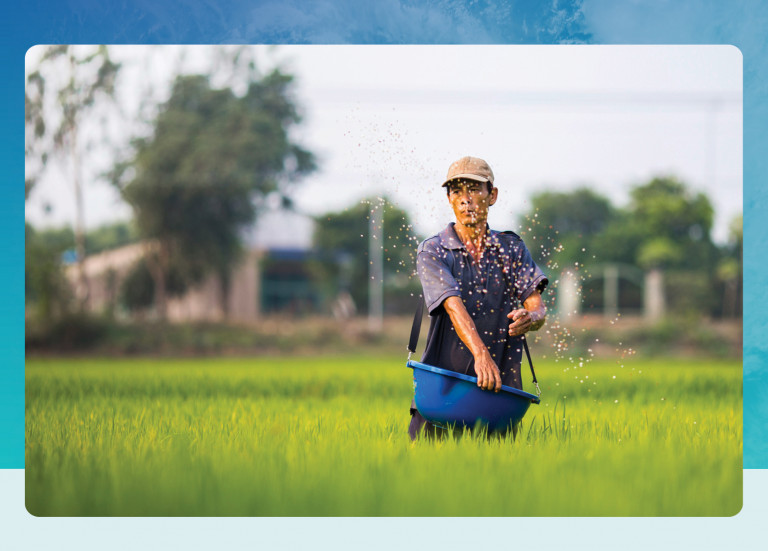
Quarterly Newsletter from FHF
As multilateral cooperation for sustainable development faces unprecedented challenges, our shared mission has never been more urgent. The retreat of traditional donor countries, mounting climate threats, and the confounding crises of migration, conflict, and rising debt are testing the limits of global solidarity. And yet, there are reasons for hope.
Forecasting Healthy Futures: A Discussion with the 2025 FHF Resilient Futures Award Winners
During the Forecasting Healthy Futures Global Summit 2025, FHF presented its 2025 FHF Resilient Futures Award to Matea Cañizares, a 17-year-old high school student, and Dr. Daniel Romero-Alvarez, an infectious disease eco-epidemiologist working as an associate professor at Universidad Internacional SEK, for their project, “Heat Stress Factors in Ecuadorian Schools: A Multi-case Study of Environmental Conditions in Three Ecoregions." While FHF received a strong pool of submissions in response to this year’s open call for abstracts and posters, their project stood out for its scientific rigor, originality, and its high potential to impact climate-resilient public health. The selection committee also recognized their project for its clear commitment to equity and community relevance, especially in applying satellite data to highlight an often-overlooked issue: the health risks posed by extreme heat in educational environments.
Congratulations on being named this year's FHF Resilient Futures Award winners! Can you tell us about your project and how it came about?
CAÑIZARES: So, I play football (soccer) almost every day here in Ecuador, but since Ecuador is close the equator, we’re constantly dealing with excessive temperatures. And since I’m often playing on fields, I’ve realized these environmental factors are affecting my well-being and can inhibit my physical activity. So, I decided to learn more about this.
In Ecuador, school infrastructure lacks standards on temperature control, solar protection, or vegetation cover. So, this study looked at various environmental conditions in schools across Ecuador's ecoregions using satellite data – and how heat stress and radiation levels are impacting our health.
Dr. Daniel Romero-Alvarez, my mentor, taught me how to use Google Earth Engine to extract data, and together we studied the impacts of heat on Ecuadorian schools by extracting data on environmental factors in different schools of Quito.
Through the project, we analyzed vegetation, temperature and radiation by looking at vegetation density, temperature levels, and solar radiation in Ecuadorian schools across three ecoregions using space-based technologies with a focus on nature-based solutions to protect human health. We used Google Maps and Google Earth Pro to assess conditions in 3 schools per ecoregion (Coast, Andes, Amazon). We looked at satellite data products and measured land surface temperature, enhanced vegetation index, and downward shortwave radiation.
We found that coastal schools had the highest temperatures and lowest vegetation, Andean schools experienced the highest solar radiation due to elevation, and Amazonian schools had the highest vegetation levels. Only one school had an average temperature below the heat stress threshold (26 Celsius degrees). So, we found an apparent relationship between vegetation and lower temperatures, although the effects varied by region.
We delineated school perimeters as polygons, and the corresponding environmental data were obtained from the Moderate Resolution Imaging Spectroradiometer (MODIS) aboard the Terra and Aqua satellites. We were looking at key indicators such as land surface temperature (LST) as a proxy for heat exposure, enhanced vegetation index (EVI) for greenness, and downward shortwave radiation (DSR) for solar exposure.
Our findings show most schools exceed the heat stress threshold on average; however, there is environmental heterogeneity across and within ecoregions. Schools in the Coast region had the highest temperatures, which correlates to strong heat stress whereas schools in the Andes region had the highest solar radiation levels. Lower vegetation index values correlated with increased heat stress across all regions. Only one school had an average temperature below the heat stress threshold. These environmental conditions have critical implications for student health since excessive heat exposure has negative health impacts, while vegetation cover may decrease temperature levels.
Ecuador lacks standards for temperature control, solar radiation protection, and green spaces in schools so our findings also underscore the need for context-specific and climate-responsive educational standards that integrate nature-based solutions for extreme heat mitigation and protection from solar radiation.
I then met with the Ministry of Education to present recommendations since there are no specific policies about how schools should adapt their infrastructures with vegetation and other climate health requirements that impact student well-being. Our research made an impact and that’s made me really happy because this now not just about identifying a problem but also showing a solution.
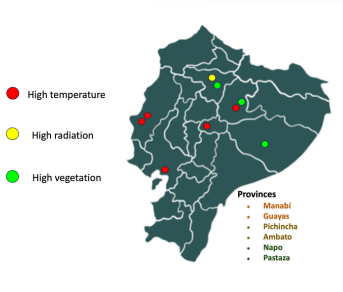
ROMERO-ALVAREZ: The most amazing thing about this project was being able to use open access data to derive conclusions that can have an actual impact. Basically, we were able to use satellite imagery to obtain data which now benefits not only those in Ecuador but a lot of other countries. Typically, just sharing data is often a challenge, so this project has been not only fascinating but exciting!
CAÑIZARES: Another thing that is very important about our method in using Google Earth Engine is that it's easy to replicate. So other young people who have a basic computer set up with an internet connection can replicate this method, because it doesn't require a lot of skills. Using the code provided in our study, they can study their own environmental factors using the same satellite technology and better understand data from their own local context and their own schools to realize the impact that radiation has on vegetation, temperature, and their well-being. I’m excited because this has the potential to work on a global scale. So, I hope other young people can learn from this and then use data satellite to help influence public policy and create even more of an impact. This study can be replicated using a representative sample to produce national standards for Ecuador or in other countries to identify the environmental conditions of schools with the aim of assessing their needs.
ROMERO-ALVAREZ: For me, one of the most interesting consequences of this project is precisely how we can use open data streams to convey messages. We hope that this study can help inspire others. For example, if someone in Peru wanted to assess whether environmental variables affect the health on their school students, they can easily take our data or go with what we discovered. Because this study is replicable, it’s something that can be implemented everywhere so that something that makes us very happy.
Your project was recognized for its inclusion of equity and community relevance. Why was this important to include?
CAÑIZARES: Yes, that was another thing. While our study didn’t focus on distinguishing between public schools and private schools, our study did find that private schools had higher levels of vegetation, due to increased resources to implement landscaping, whereas public schools, in the same region and similar locations, didn’t have the resources to focus on vegetation, resulting in higher temperatures. Our hope with our studies is to further assess how these differences impact student well-being and perhaps use satellite data to impact public policies, such as perhaps giving more money to public schools to increase vegetation or help reduce temperatures to improve the well-being of students.
ROMERO-ALVAREZ: Equity is fundamental because the essence of problem-solving is to be open to different perspectives and different views. Sometimes we forget to hear local voices, because we are super concentrated, for example, in academia or science-based theories, when in fact, a lot of times, the local population, the people that are actually experiencing the problem or the situation have a lot of wisdom that we should definitely consider in order to propose a solution or something. These sorts of open data streams are proving resources so we can actively help communities to be more aware of what is happening in their surroundings and to take local action.
You also addressed nature-based solutions for health and climate resilience. Can you tell us what you learned?
CAÑIZARES: Nature-based solutions, or NbS, are considered a valuable educational tool, particularly for promoting outdoor learning in schools. However, the relevance of vegetation in schools for planetary health and climate resilience remains less apparent to policy- and decision-makers. Studies suggest that the presence of vegetation has an influence on mental health and learning outcomes and that green cover can moderate temperatures. In addition, natural shade can further protect students against solar radiation. Therefore, school greening should be considered an important priority in nature-based actions targeting health risks through improved climate resilience. Investment is needed to first identify cost-effective ways to evaluate and monitor conditions at schools, for example, using digital tools. Second, assess the levels of exposure to moderate and high heat stress and solar radiation levels at schools in relation to vegetation density and characteristics. Third, create or reform school infrastructure standards and provide resources to use NbS to increase or modify vegetation at schools. Fourth, they need to assess the learning outcomes of students before and after interventions. Promoting planetary health must recognize the importance of the school as a critical setting for health and a space for urban greening, especially since children and adolescents spend much of their daytime there. My study on health-related environmental conditions in different ecoregions of Ecuador has garnered the interest of the Ministry of Education and other stakeholders, and may serve as a model for using satellite data to inform and develop strategies for implementing NbS in schools in countries facing similar environmental challenges.
Given the name of the award, ‘Resilient Futures’, what does that mean to you and what’s your hope for the future?
ROMERO-ALVAREZ: Today, all around us, we are seeing the damage that we as humans are doing to the planet. In a way, the planet is throwing these back to us: emerging zoonotic diseases, climate change, landscape alteration, and antibiotic resistance, are examples. A resilient future would be to think about how to survive. Our hope is that science will advise decision makers and policymakers to improve societies as we face all these threats, and a resilient future is precisely trying to use that collective knowledge to confront all these problematic scenarios.
CAÑIZARES: What ‘resilient futures’ means to me is working with children and young people who will become future policy makers. My hope is to help them develop their civic skills and help them analyze and propose solutions using information for decision making and thinking about their life experience. So, this connects with me playing football, which is my lived experience, which motivated me to use information for decision making. I hope that other young people playing football or doing other activities will use their lived experience to propose solutions or to be motivated to identify what digital platforms are available and how they can, in turn, impact policymaking.

Matea Cañizares is a student at Colegio Johannes Kepler, Quito, Ecuador. Dr. Daniel Romero-Alvarez is Associate Professor at the Emerging and Neglected Diseases, Ecoepidemiology and Biodiversity Research Group, Undergraduate Program in Biomedical Sciences, Faculty of Health Sciences, Universidad Internacional SEK, Quito,Ecuador.
Climate Change & Health: A Discussion with Derek Wallace, President of Takeda's Global Vaccine Business Unit
In a discussion with Forecasting Healthy Futures, Derek Wallace, president of Takeda’s Global Vaccine Business Unit, talks using science to better tackle the health impacts of climate change.
What are some of the ways that you see climate change impacting human health?
WALLACE: Climate change may have profound impacts on global health. For example, intensifying weather has the potential to disrupt food and water supply, posing a significant risk to nutrition. As the world continually warms, we’re seeing vector populations present for longer periods each year, increasing vector-borne disease all over the world. Imagine someone living in or travelling to an area where vector-borne disease is common. When they travel to an area without the disease but with the vector, they can seed that disease into the local vector population leading to local outbreaks in areas usually non-endemic to the disease. Historically this has occurred with yellow fever, which is why yellow fever vaccinations are crucial to prevent the reintroduction of the virus in places that are currently free from the disease.
We see similar dynamics with dengue. Local dengue outbreaks occurring in places like southern Florida are the result of somebody who might have travelled from another region bringing dengue to new areas where there are now established mosquito populations. As new areas become more conducive to vector growth, the concern is that we’ll see more diseases spread.
How can we help mitigate the impact of climate change? What role can scientists and researchers play?
WALLACE: First, it’s important to identify which areas are going to be most impacted by climate change and where these vector-borne diseases could expand to. With that said, the solution can’t be a one-size-fits-all approach. For example, climate change could make some areas drier, and thus mosquitoes could be less of an issue in those regions. Other areas, however, could see warmer, wetter climates where mosquitoes will start to thrive. We really need to understand and better predict these changing weather patterns, using better models to identify where the impact on human health could be the greatest.
Then, it’s about building resilience – efforts to control vectors have been used for decades, but alone, haven’t been the most effective in preventing all vector-borne diseases. To promote resilience, we need to do more than just vector control. Education plays a critical role, not only in helping at-risk individuals understand and minimize their exposure to diseases, but also in enhancing healthcare systems’ diagnostic and management capabilities. Engaging healthcare professionals is also going to be critical, to help identify and manage health conditions impacted by climate change.
Lastly, scientific advancements in preventative methods like vaccines play a crucial role in mitigating climate-related health risks, helping protect not just individuals but entire populations. Developing and distributing vaccines takes specialized expertise and collaboration and coordination between public and private sectors is key.
As you’ve been working on vaccines, what lessons have you learned?
WALLACE: To be successful there are two key areas we must consider. First, where vaccination fits in when it comes to tackling the health impacts of climate change, and with that, how do we make vaccines accessible. Second, is how to scale up production and distribution of the vaccine – this is key to help governments reduce the burden of disease for the population.
At Takeda we are taking steps to better prepare for the potential impacts of climate change, particularly when it comes to dengue. We have a plant in Germany that’s part of our efforts to manufacture and distribute our dengue vaccine. We also have a broader global strategy to expand access to the vaccine by working with collaborators, which should accelerate access in endemic areas. One of our manufacturing partners is Biological E. Limited in India, and with their support, our goal is to be able to produce and distribute 100 million doses per year by the end of the decade. We’re also exploring country-level initiatives to transfer technology and build further capacity for manufacturing of our dengue vaccine.
Our dengue vaccine is currently available in more than 25 countries, and we’re also excited about clinical trials underway that will help expand our knowledge about the vaccine, further inform implementation strategy and support launches in new countries in the coming years. We started clinical trials in 2013, but the vaccine itself dates back to the 1980s, which underscores how long and complex the vaccine development process can be. It’s a very large commitment for a company to invest in development and manufacturing long before we’re in a position to have an impact, but it reflects our sense of responsibility to protect public health.
It’s so important to recognize that no one group can do this alone. With constant travel across countries and continents, disease outbreaks in one country can impact other areas, spreading quickly. Coordination must be at scale and cross borders. It also must cross segments of society, including hospitals, industries, ministries of health, environment, finance and so on. It’s a very complex, interconnected world that we live in, and we need to be activated in parallel. If we’re all working separately, we can never really expect to address the issue.
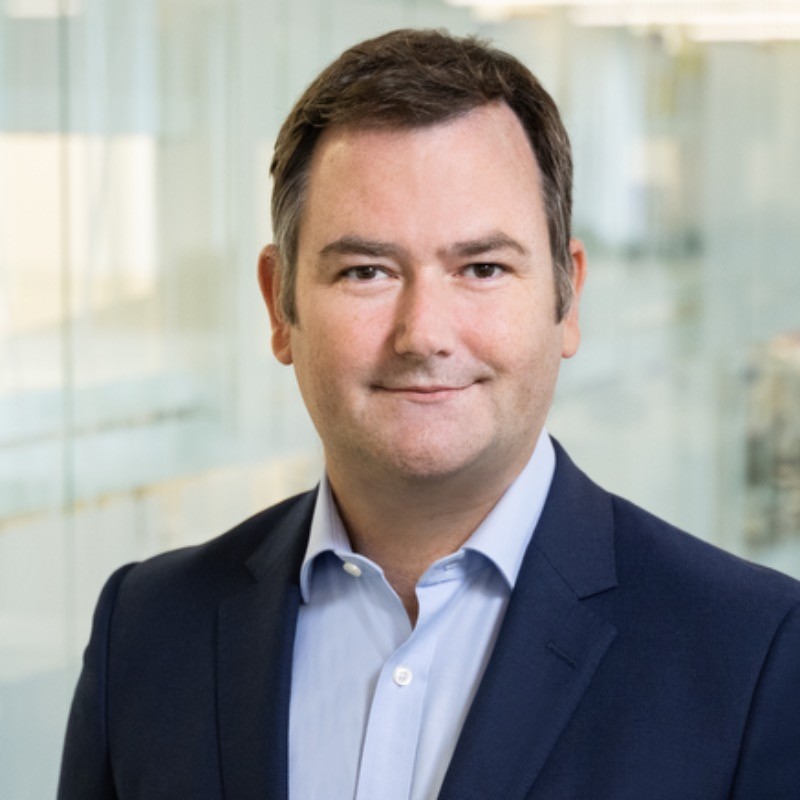
What is needed to move forward to better tackle the health impacts of climate change?
WALLACE: We need public health groups like the World Health Organization and others to stay focused on the impacts of climate change on health – helping advise countries on the best ways to build resilience and anticipate challenges. With that, there is also room for the value the private industry can bring. My hope is that there can be more open discussion about the complexity of these issues and the multiple avenues that can be a part of solutions. We need good science, strong trust and companies working in tandem with governments – and we’re already seeing some of that, which is exciting.
If we are going to truly protect our communities from the health challenges posed by climate change and its impact on vector-borne diseases, bold and collective action is required from all sectors to accelerate efforts. For example, ensuring that we get pricing right, making vaccines and other tools accessible. The best way to provide fair pricing is through public funding and public decision making about who should be prioritized for vaccination. Another example is making sure we have enough vaccine supply available for those who need it, ahead of major outbreaks. Predicting, planning and building capacity is critical.
I’m clearly hopeful about the future, because we have knowledge and experience to help address critical environmental health issues, such as the disease-related impacts of climate change. Plus, we recognize that the well-being of our patients and their communities is inextricably linked to the health of our planet.
###
New Report Highlights Private Sector’s Critical Role in Advancing Climate-Resilient Health and Nutrition
Comprehensive analysis spans 10 industry sectors responding to climate-driven health and nutrition challenges
May 15, 2025 (Washington, DC) – A new report released by Forecasting Healthy Futures calls for stronger private sector leadership to address the growing health and nutrition risks posed by climate change. Titled “Private sector engagement on the impacts of climate change on health and nutrition,” the report presents a cross-sectoral analysis of private sector responses to climate-driven health and nutrition challenges. It explores how multinational corporations (MNCs) are getting impacted by and are responding across their operations, workforces, consumers, and the communities in which they operate.
While the analysis reveals many sector-specific impacts, the underlying risks are shared across industries. Rising temperatures, extreme weather events, the spread of infectious diseases, environmental degradation, and growing mental health challenges are increasingly contributing to worker illness, absenteeism, and declining productivity. Consumers are facing disrupted supply chains, leading to increased food and water insecurity and changing consumption patterns. Meanwhile, communities are grappling with weakened infrastructure, displacement, and economic instability – compounding health and social vulnerabilities and impacted business continuity.
In response, corporate response is gaining momentum. MNCs are increasingly adopting adaptation strategies that address both occupational risks and broader public health threats. The report outlines emerging strategies across ten sectors—from climate-resilient product innovations and workplace health programs to community investments and public policy engagement. For example, agriculture firms are promoting sustainable farming and farmer well-being, consumer goods companies are building resilient value chains, and energy and infrastructure firms are reinforcing assets and safeguarding communities. Meanwhile, healthcare and life sciences companies are enhancing preparedness for climate-sensitive diseases, and technology and financial services firms are leveraging data and financial tools to address evolving climate risks.
At the same time, the report emphasizes the importance of addressing both immediate threats—like heat stress and extreme weather—and broader, often less visible health impacts, particularly among vulnerable populations in low- and middle-income countries. Expanding this focus can help ensure long-term community well-being and business resilience.
Businesses are uniquely positioned to integrate adaptation measures that address both environmental and health vulnerabilities. The report identifies four critical enablers for scaling private sector impact: strategic integration, measurable accountability, cross-sector collaboration, and innovative financing. Internally, companies are encouraged to gradually integrate climate and health resilience into core planning and operations, supported by practical measurement frameworks and transparent reporting. Externally, partnerships across governments, industries, investors, and civil society are needed to align standards, pool resources, and unlock new financing mechanisms.
Ultimately, the report highlights the opportunity for private sector leadership to accelerate climate adaptation efforts that protect health and nutrition around the world.
“Climate change is fundamentally altering the global health and nutrition landscape,” said Kelly Willis, who leads Forecasting Healthy Futures. “To lead in this space, we must champion bold leadership, foster partnerships, and invest in solutions that address escalating climate-driven health threats. “This report encourages private sector leaders to consider more holistic and integrated strategies in addressing the interconnected challenges of climate and health.”
###
About Forecasting Healthy Futures
Forecasting Healthy Futures is a global coalition of leading organizations committed to mobilizing the political will, financial resources, and innovative solutions needed to protect global health gains from the threats posed by climate change. Visit us at www.forecastinghealthyfutures.org.
ClimateSmart Indonesia Launches Novel AI Public Health Platform to Tackle Climate-Driven Diseases

JAKARTA (May 12, 2025) – As part of a broader effort to build more climate-resilient health systems, ClimateSmart Indonesia recently launched (5/5/2025) the world’s first AI-enabled, dual-capability technology platform for forecasting and responding to climate-sensitive diseases.
Developed by the Institute for Health Modeling and Climate Solutions (IMACS), the Indonesian Collaborative Research and Industrial Innovation in AI (KORIKA), and the Mohamed bin Zayed University of Artificial Intelligence (MBZUAI), the technology platform debuted in Jakarta during the “ClimateSmart Indonesia Innovation Forum” under the auspices of Indonesia’s Ministries of Health, Environment, and Communications and Digital Affairs, and in partnership with the country’s meteorology, climatology, and geophysical agency BMKG. The ClimateSmart Indonesia initiative has been working in partnership with these agencies and other stakeholders over the last two years, to advance climate and health data systems and their application in Indonesia, through a collaborative process with funding from Reaching the Last Mile (RLM) and the Patrick J. McGovern Foundation.
Climate & Health Technological Breakthrough
The technology platform developed under the ClimateSmart Indonesia initiative has two main features representing major advances in public health data systems and technology:
- Digital Twin Indonesia that visually models future climate and weather scenarios, and maps emerging disease hotspots to allow early intervention for prevention and response.
- AI Dashboard that delivers hyperlocal forecasts, real-time alerts, and scenario-based planning tools for public health officials to improve the cost-efficiencies of disease control programs.
With predictive accuracy exceeding 90%, this system can anticipate outbreaks of malaria, dengue fever, leptospirosis, and 4 other climate-sensitive diseases.
An Ecosystem for the Future
The technology platform’s technological innovations include:
- AI-based malaria detection from microscope images research
- Development of a GPT-RAG (Retrieval-Augmented Generation) language model for climate-health policy, combining the capabilities of large language models (LLMs) with retrieval mechanisms to provide contextually relevant and accurate responses.
- A powerful database architecture that integrates climate, health, and demographic data
ClimateSmart Indonesia aims to help the Indonesia Government design and implement a “best in class” early warning and response system (EWARS) to address the growing threat of climate-sensitive diseases and other challenges to public health.
“Indonesia is the ideal location for establishing a regional center of excellence for AI, climate, and health. By harnessing the power of artificial intelligence and advanced data analytics, Indonesia is pioneering innovative approaches to anticipate, adapt to, and mitigate the complex health challenges posed by our changing climate,” said Prof. Dr. Hammam Riza, President of KORIKA. “In the coming weeks, we hope to launch a task force to plan for this center of excellence, which will build on Indonesia’s national ecosystem of innovation, science, and governance, serving as a resource for other countries working toward more climate-resilient health systems.”
The launch of the novel digital technologies by the ClimateSmart Indonesia partners represents a pivotal step in the nation’s use of AI to tackle the dual challenges of climate change and public health. “This is not just a technological milestone; it reflects a strong national commitment to protecting lives today while building a more resilient and sustainable future through innovation and global collaboration,” stated Vice Minister of Komdigi Nezar Patria, M.Sc., MBA.
Speaking at the opening ceremony, the Meteorological, Climatology and Geophysics Agency (BMKG) Chairman Dwikorita Karnawati said the urgency of integrating climate and health data to address escalating disease threats. “Studies show that climate is a significant driver of increased human exposure to various diseases,” she said. “Changes in temperature and rainfall patterns affect exposure to water- and food-borne illnesses, such as salmonella, and vector-borne diseases like Lyme disease.”
“ClimateSmart Indonesia represents a paradigm shift in how we approach climate-sensitive diseases,” said Michael Andreas Purwoadi, Infrastructure Deputy at BMKG. “By integrating climate and health information and harnessing AI for prediction and planning, it enables Indonesia to analyze and address disease risks with unprecedented speed and precision.”
“By integrating climate and health intelligence, Indonesia is setting a global precedent,” said Dr. Setiaji, Chief of the Digital Transformation Office at the Ministry of Health. “Through Satu Sehat and ClimateSmart, we’re defining the future of digital public health.”
“To strengthen the resilience of the health system, we need strong health data and significant investments in early warning systems and surveillance. Accurate data is essential for climate-related disease strategy development,” said Then Suyanti, Director of Environmental Health at the Ministry of Health, representing the Minister of Health Ir. Budi Gunadi Sadikin.
During the event, Kelly Willis, Global Lead of the Forecasting Healthy Futures Consortium, highlighted the role of climate data and AI in predicting and preventing the health impacts of climate change. “Forecasting Healthy Futures has a broader mandate to protect global health gains against climate change’s effects. We work by convening experts and mobilizing funding worldwide to invest in health systems that are vulnerable to climate change, making them more resilient,” she explained.
Dr. Kashik Sarkar, Director of IMACS, emphasized that climate change impacts health in three significant ways: it determines who is affected, where individuals can access services, and how diseases cluster geographically, particularly affecting the most vulnerable populations. He stated, “These dynamics make climate and health information crucial. Unfortunately, climate and health data are still siloed across the globe. As a result, most health systems lack an integrated solution. This is where AI comes in; it can help merge this information.”
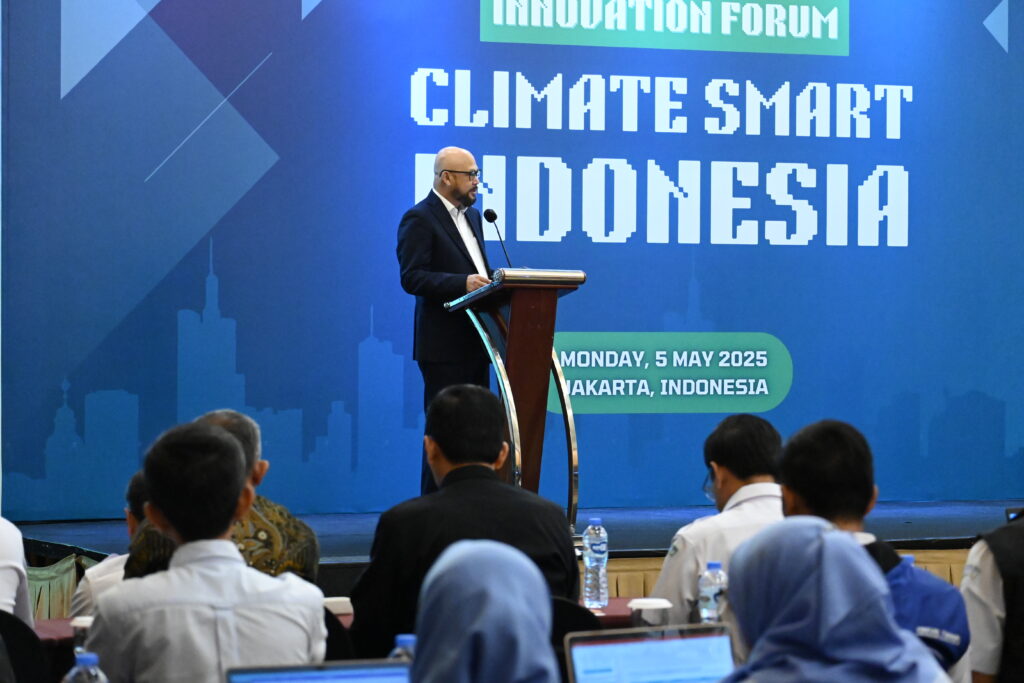
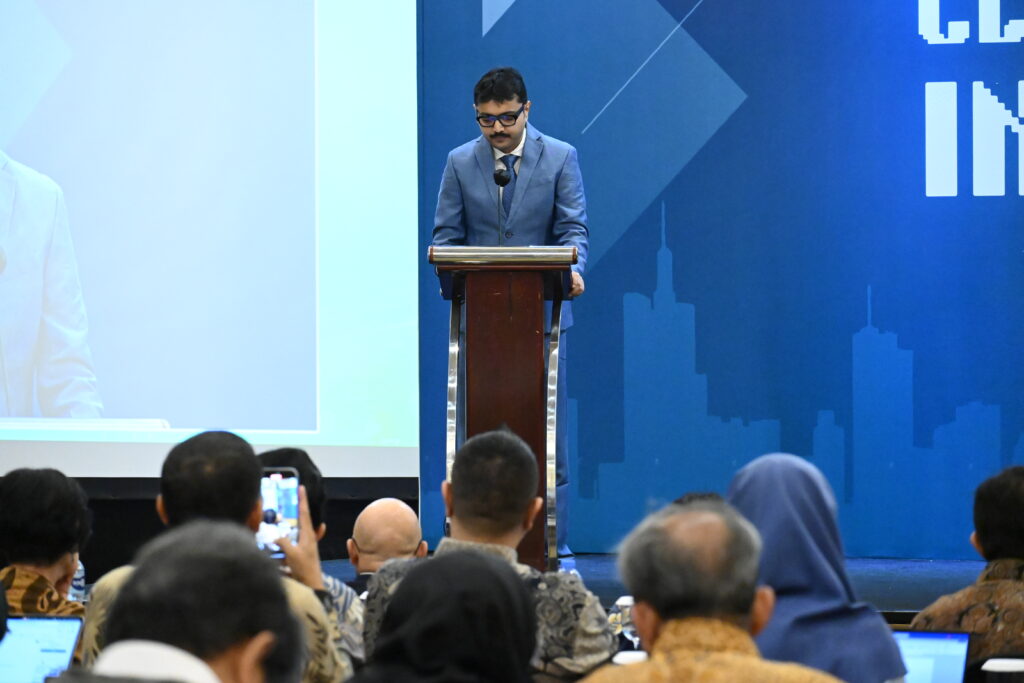
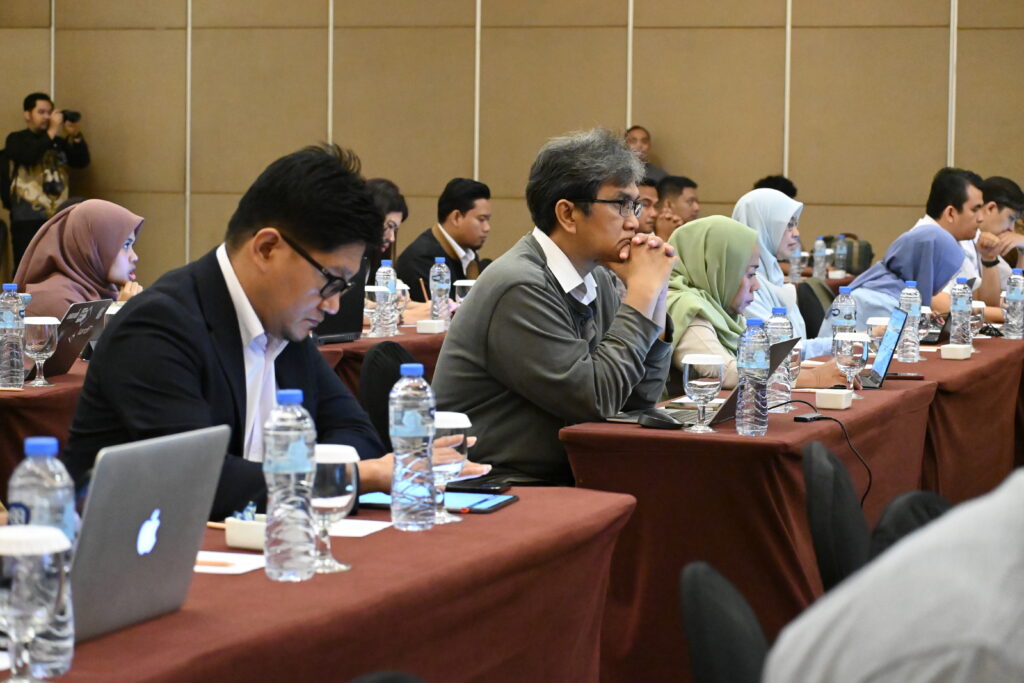
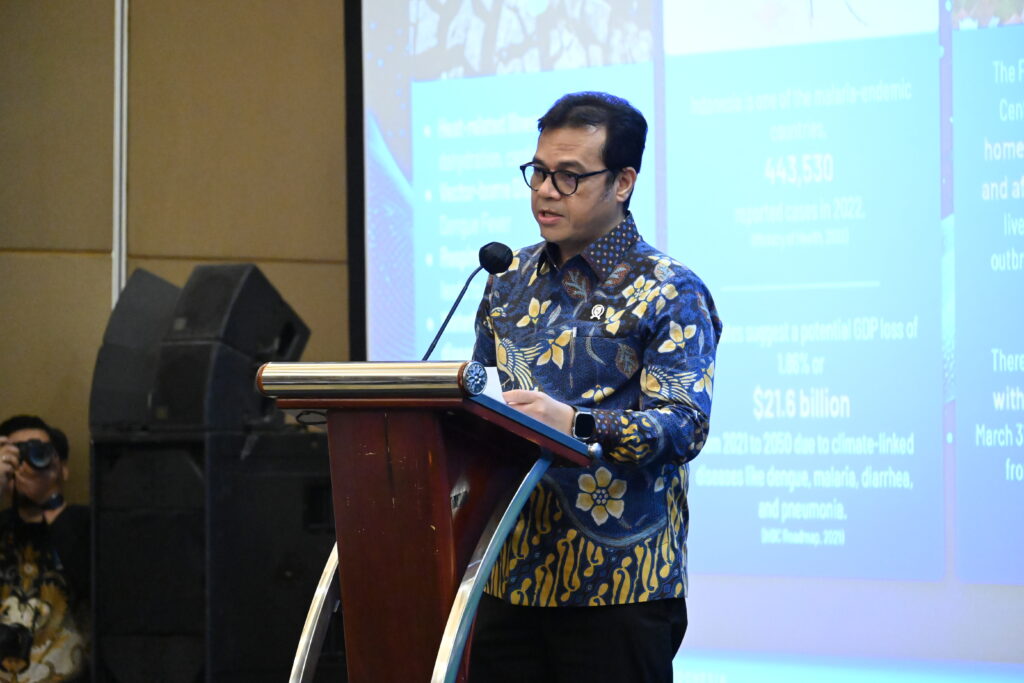
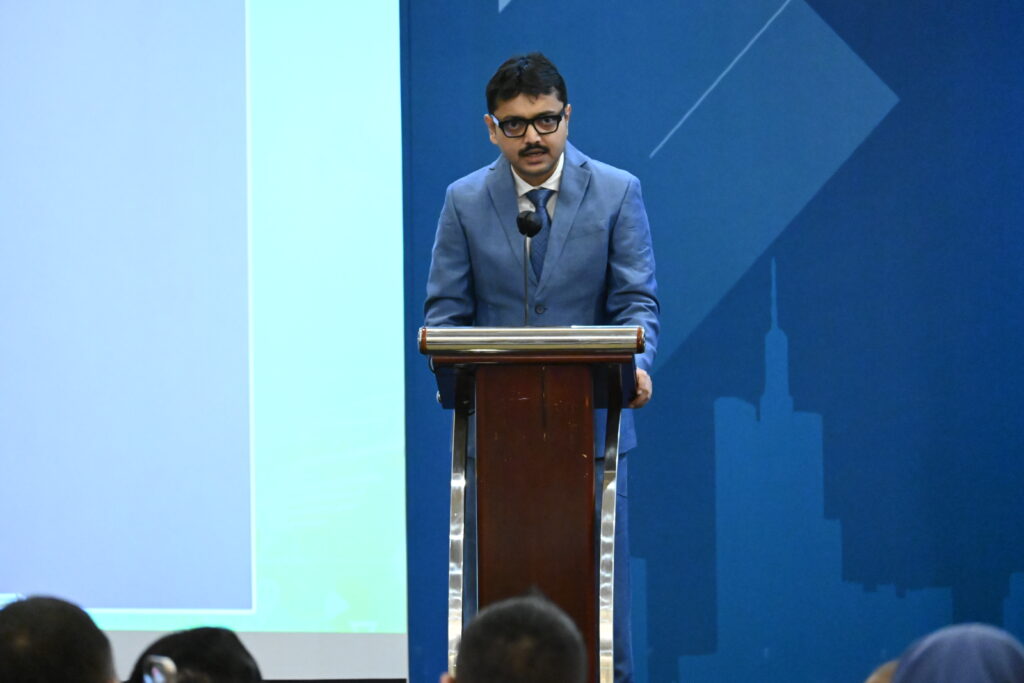
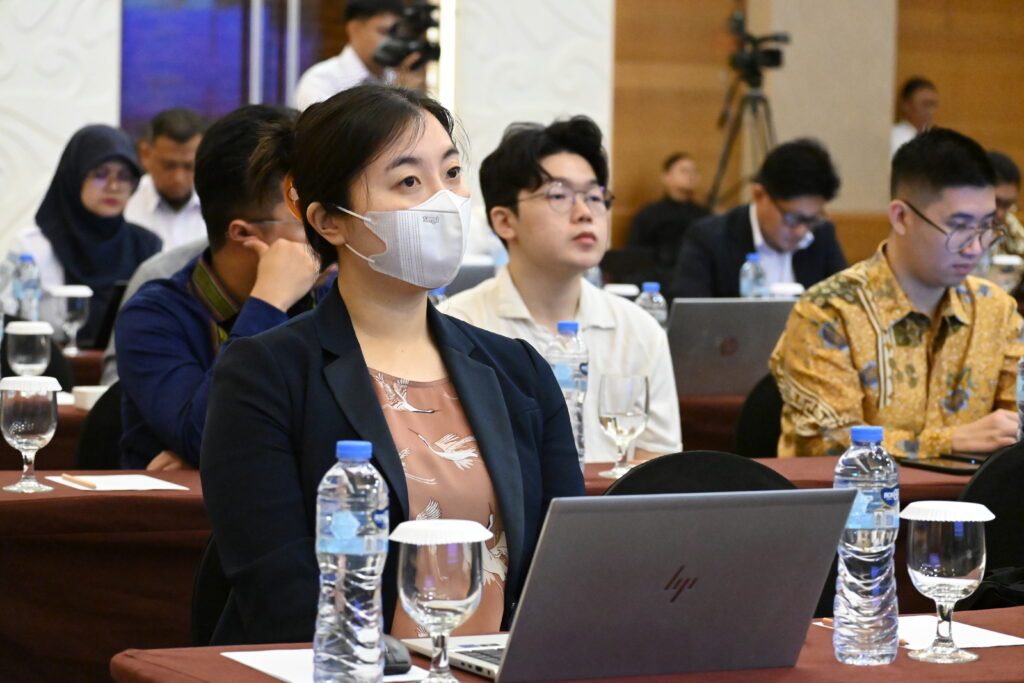
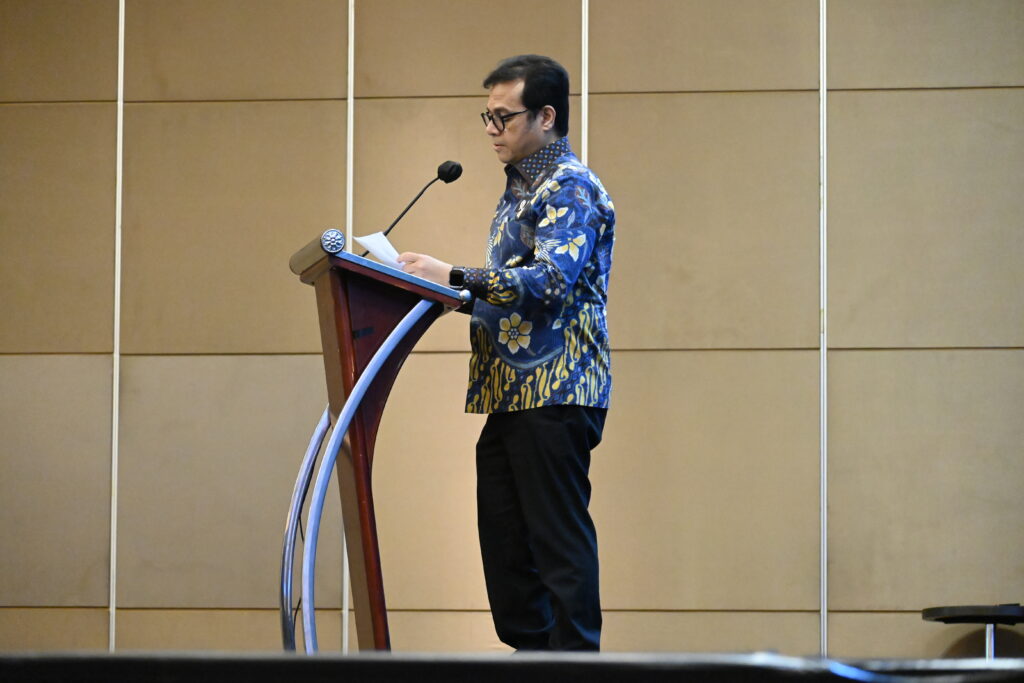

###
About Forecasting Healthy Futures
Forecasting Healthy Futures is a global coalition of leading health and technology organizations committed to mobilizing the political will, financial resources, and innovative solutions needed to protect global health gains from the threats posed by climate change. Malaria No More convenes and leads the consortium. Forecasting Health Futures’ partners include Reaching the Last Mile, Mohamed Bin Zayed University of Artificial Intelligence, the Global Institute for Disease Elimination (GLIDE), PATH, the Tableau Foundation, IBM’s Weather Company, and the Institute for Health Metrics and Evaluation (IHME). For more information, visit: www.ForecastingHealthyFutures.org.
About Reaching the Last Mile
Reaching the Last Mile (RLM) is a portfolio of global health programs working towards disease elimination that is driven by the personal commitment of His Highness Sheikh Mohamed bin Zayed, President of the United Arab Emirates. The Initiative provides treatment and preventative care in communities that lack access to quality health services, with a specific focus on reaching the last mile of disease elimination. RLM’s mission represents His Highness’s dedication to ending preventable diseases that affect the world’s poorest and most vulnerable communities and helping millions of children and adults live healthy, dignified lives. For more information, visit: https://www.ReachingTheLastMile.com
For media inquiries, please contact: Sharan Sunner | Seven Media, on behalf of Reaching the Last Mile, sharansunner@sevenmedia.ae | +971 (0)55 698 4327
About Mohamed bin Zayed University of Artificial Intelligence (MBZUAI)
MBZUAI is a graduate, research university focused on artificial intelligence, computer science, and digital technologies across industrial sectors. The university aims to empower students, businesses, and governments to advance artificial intelligence as a global force for positive progress. MBZUAI offers various graduate programs designed to pursue advanced, specialized knowledge and skills in artificial intelligence, including computer vision, machine learning, and natural language processing. For more information, please visit www.mbzuai.ac.ae
About KORIKA
KORIKA, Collaborative Research and Industrial Innovation in AI, stands as a pioneering force in advancing the landscape of AI research, development, and innovation within Indonesia. Established in 2021, KORIKA has consistently been at the forefront of catalyzing progress in the field of artificial intelligence. Their dedication to fostering trustworthy AI systems, while respecting the rich cultural and societal values of Indonesia, aligns seamlessly with the nation's ambitious vision of becoming a global innovation powerhouse. KORIKA has become a pivotal hub, bringing together experts, researchers, and industry leaders to collectively drive the growth and application of AI technologies. For more information, please visit: https://korika.id/.
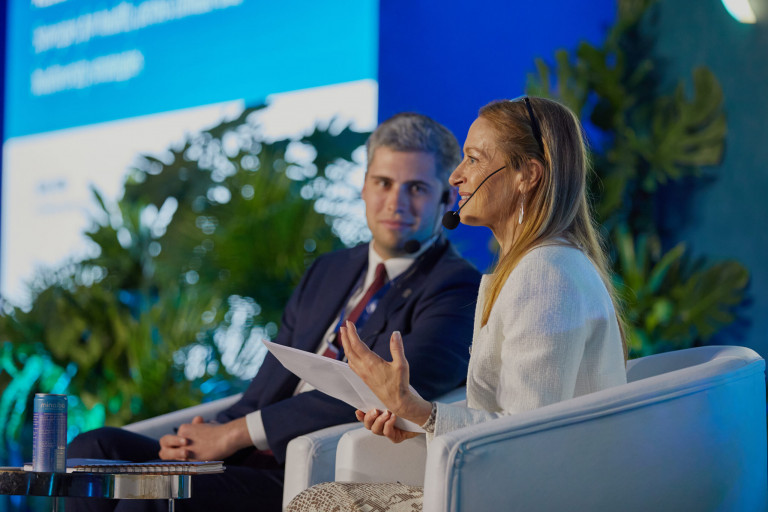
Forecasting Healthy Futures Hosts 3rd Annual Summit in Rio de Janeiro, Brazil ahead of COP30
Rio de Janeiro, Brazil, April 10, 2025— Ahead of COP30 in Belém, Brazil, Forecasting Healthy Futures hosted its third annual Global Summit in Rio de Janeiro to urge action in climate change and health financing, and surface some of the most pressing challenges and promising pathways forward to protect health in a changing climate.
Forecasting Healthy Futures Discusses Scaling Wolbachia Replacement Technology to Block Dengue Transmission with Oxitec CEO, Grey Frandsen
In a discussion with Forecasting Healthy Futures, Oxitec's CEO Grey Frandsen discusses the company’s latest milestone: breaking ground on the world’s largest Wolbachia mosquito facility. As part of Oxitec’s Sparks™ platform, this facility will accelerate the global scale-up of Wolbachia replacement technology, a proven, sustainable method of limiting mosquitoes’ ability to transmit dengue.
Can you tell us about dengue and why Oxitec is working to address this issue specifically?
FRANDSEN: The world is experiencing a dengue crisis. Last year, the World Health Organization highlighted that cases were the highest on record, most likely in the hundreds of millions. Climate change is driving the spread of invasive Aedes aegypti mosquitoes into new territories, and existing tools are failing to keep pace – innovative, climate-resilient, sustainable solutions are urgently needed, at scale, to mitigate the worsening effects of climate change on the spread of dengue.
In forging a path for new mosquito technologies to combat Aedes aegypti, Oxitec has led the way in developing and scaling good mosquitoes to fight disease-spreading mosquitoes. With two decades of innovation, pilots and regulatory approvals, we’re now scaling up two technologies to meet this growing challenge: Friendly™ mosquitoes to suppress Aedes aegypti, and Sparks™ Wolbachia mosquitoes to block dengue transmission.
Oxitec’s Friendly™ technology is highly targeted and effective in reducing biting and disease transfer of mosquitoes in urban environments, serving both public and private customers. Sparks™ Wolbachia mosquitoes will complement this solution, providing an area-wide intervention for governments.
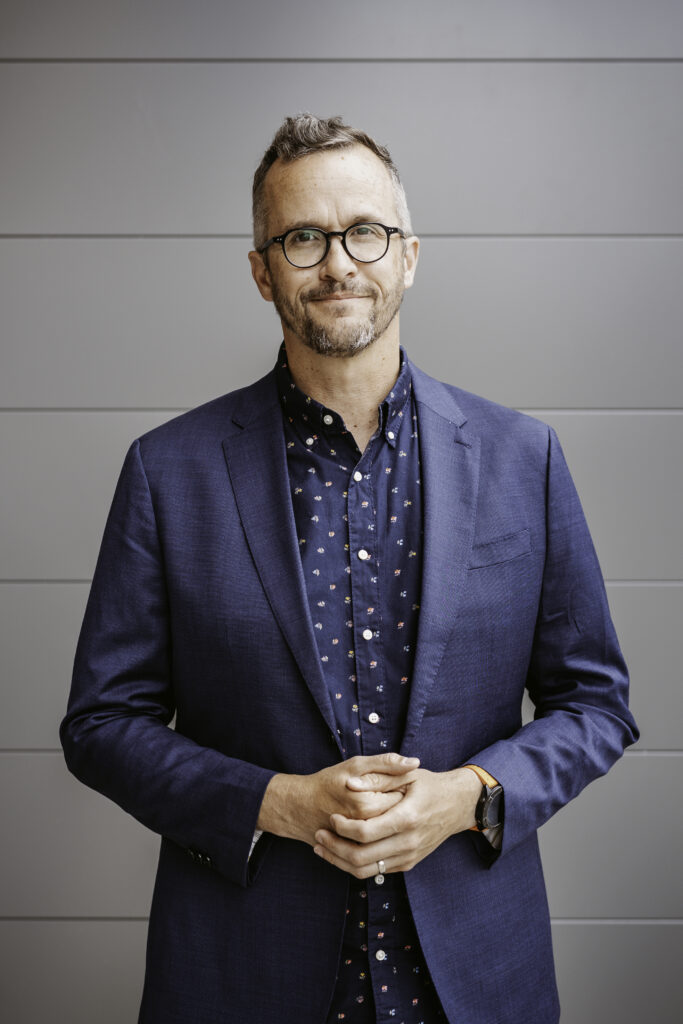
Oxitec just announced it broke ground on the world’s largest Wolbachia mosquito facility in Brazil. Can you tell us more about the facility and why this is significant?
FRANDSEN: Oxitec already operates the world’s biggest mosquito factory, supplying Friendly™ Aedes technology – the world’s first commercially scaled mosquito-base suppression technology – to communities, businesses, schools, hospitals and other customers across Brazil seeking effective mosquito-control.
Now, we’re leveraging our proven infrastructure, advanced manufacturing, and implementation systems into building Brazil’s largest Wolbachia production facility. Wolbachia is already proven to reduce dengue transmission in communities – we’re excited to be playing our part in helping make this solution available to a larger number of communities.
What makes this significant is scale. With this facility, we’ll be able to protect up to 100 million people a year from dengue—just from this one site. And we’re building it in Brazil, a country on the front line of the global dengue crisis, so we can deliver this technology to the communities that need it most, in Brazil and globally, leveraging Oxitec’s global distribution network.
What is Wolbachia Replacement Technology? Is it safe?
Wolbachia Replacement Technology – or WRT – is a natural, safe and proven method that uses mosquitoes carrying the Wolbachia bacterium to reduce the spread of dengue. When these mosquitoes are released into a community, Wolbachia spreads through the mosquito population and blocks the viruses they carry. Over time, this reduces the mosquitoes' ability to transmit disease.
It’s been tested extensively, including in a landmark trial in Indonesia that showed a 77% reduction in dengue cases and an 86% drop in hospitalizations. Regulatory bodies worldwide have reviewed it, and it’s been safely used in many countries.
What’s your hope with scaling WRT?
FRANDSEN: Ultimately, our mission is to protect one billion people from dengue. The science is there. Now the challenge is scale. That’s what the Sparks™ platform aims to achieve – taking a proven technology and building the infrastructure and partnerships to deliver it affordably, at speed, and at scale. Our aim is that, by scaling Wolbachia, we can deliver widespread, lasting impact to communities most vulnerable to dengue, helping address an urgent public health challenge.

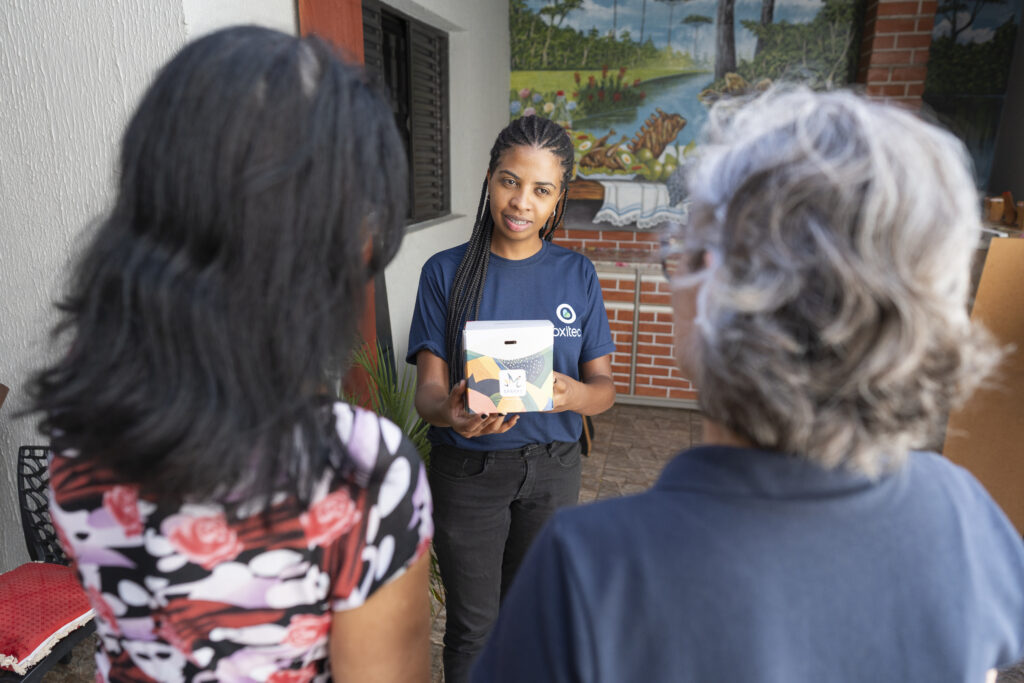
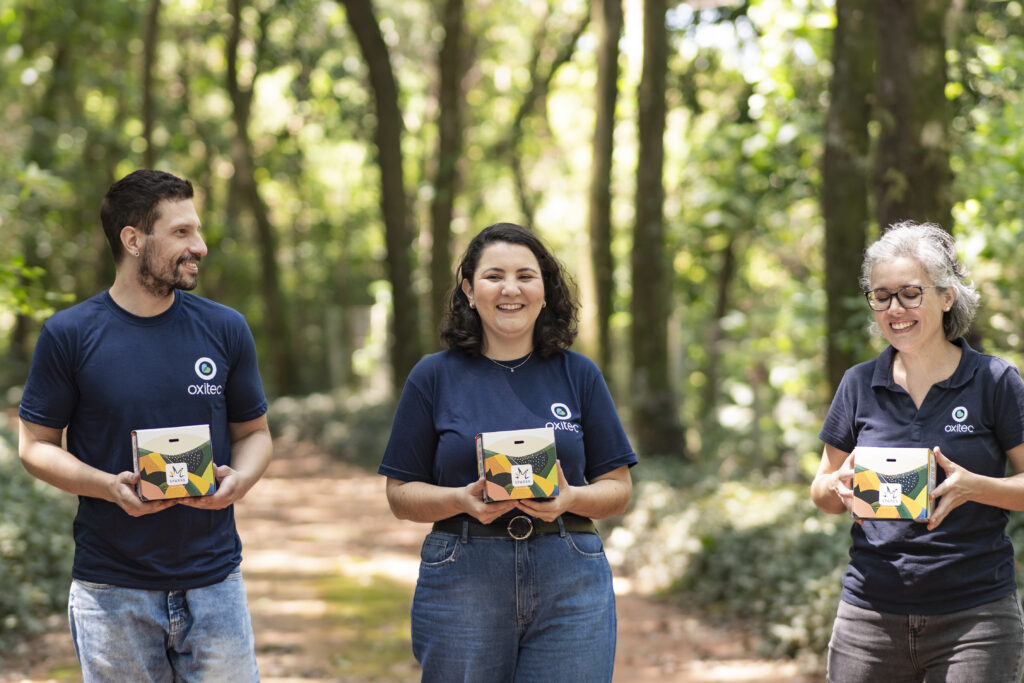
###
Our Take | Refreshed Goals for the Climate and Health Movement Heading into 2025
As a matter of some urgency, our loosely organized but highly engaged and growing coalition of climate and health advocates needs to know how we answer the questions: What's next? What exactly is it that we want to achieve?

Author: Kelly Willis, Global Lead, Forecasting Healthy Futures Consortium
By now, we’ve all had a chance to absorb the outcomes of COP29 in Azerbaijan and reflect on the gains we’ve made in moving health closer to the center of climate discourse. One of the most significant gains, of course, being the establishment of the Baku COP Presidencies Continuity Coalition for Climate and Health.
As Stefan Anderson wrote for Health Policy Watch, “The coalition’s key achievement… is significant: after decades of fighting, health advocates and WHO officials will no longer have to relitigate the importance of health as a central concern in climate talks.”
Where will we now direct the time and energy we’ve been spending over “decades of fighting”, just trying to get health on the UNFCCC map?
The question reminds me of one Minister of Health Chiponda of Malawi asked a room full of delegates at this year’s United Nations General Assembly in New York, in a meeting convened by the COP28 Presidency. “What next after ‘Health Day’?” she asked, referring to last year’s milestone December 3 event in Dubai. “Is it going to be Health Week? Health Month? What exactly is it that we want to achieve?”
As a matter of some urgency, our loosely organized but highly engaged and growing coalition of climate and health advocates needs to know how we answer that question.
Of course, there is no shortage of worthy climate policy goals to pursue in the interest of global health. We’ll continue to push for integrating health in NDCs and ensuring health indices in the global goal on adaptation. We’ll work to see that health-determinant sectors also adapt and become more resilient. We’ll pursue health co-benefits by promoting mitigation in energy, transport, agriculture, food, and other sectors. We should certainly collaborate to identify further action opportunities in all of these areas.
But maybe a definitive starting point would be to establish a global goal for climate finance to support health adaptation initiatives in developing countries.
For all the disappointment around the grossly inadequate $300B target for climate financing negotiated in Baku last month, we shouldn’t lose sight of the opportunity it affords the sectors that most convincingly make a compelling investment case. I can think of few sectors where those funds could have as much impact as in public health.
How much of that $300B should be used to protect lives from the impact of climate change by addressing worsening climate-sensitive disease? How much of it should be used to build resilient health systems and protect against future impact? To fund early warning and response systems? To improve the underlying health of our most vulnerable populations?
Forecasting Healthy Futures invites more urgent dialogue around refreshed goals for the climate and health movement. It’s one of the things we hope to do in earnest at our next Global Summit, scheduled for April 8 -10 in Rio de Janeiro.
Please reach out to see how you and your organization can be involved in our planning!
Register here to participate in person or virtually at our 2025 Forecasting Healthy Futures Global Summit.
